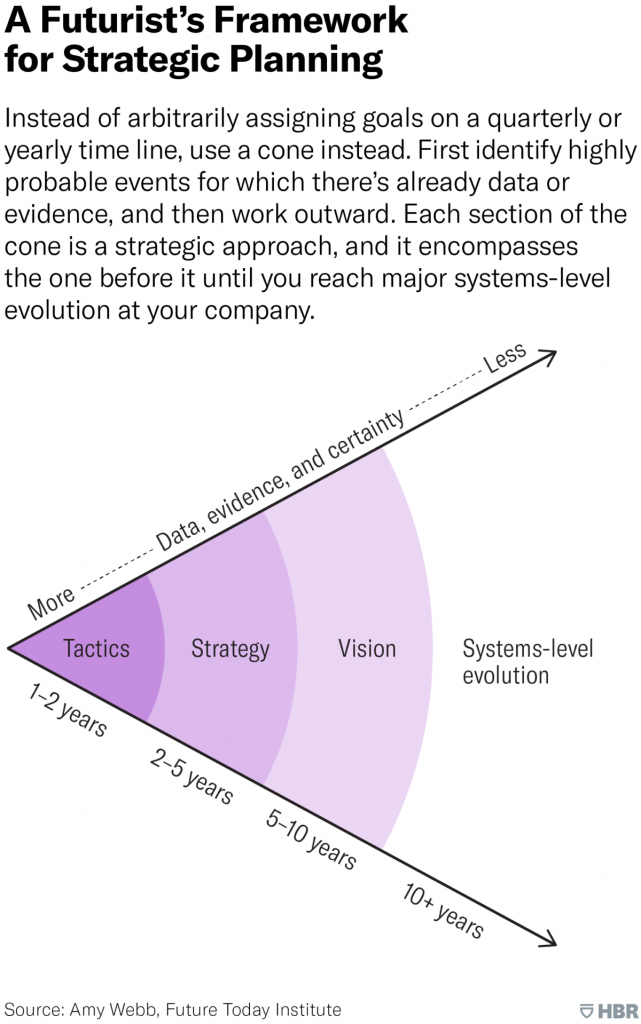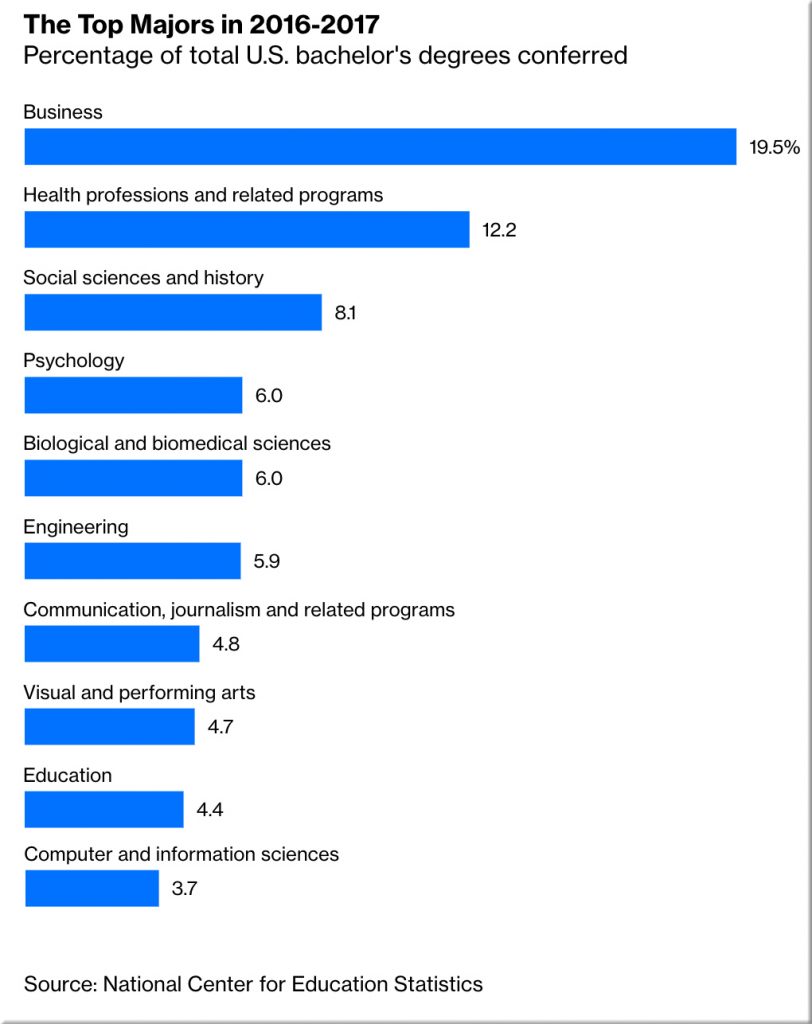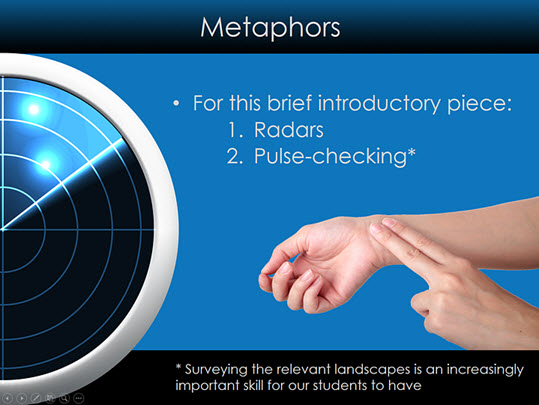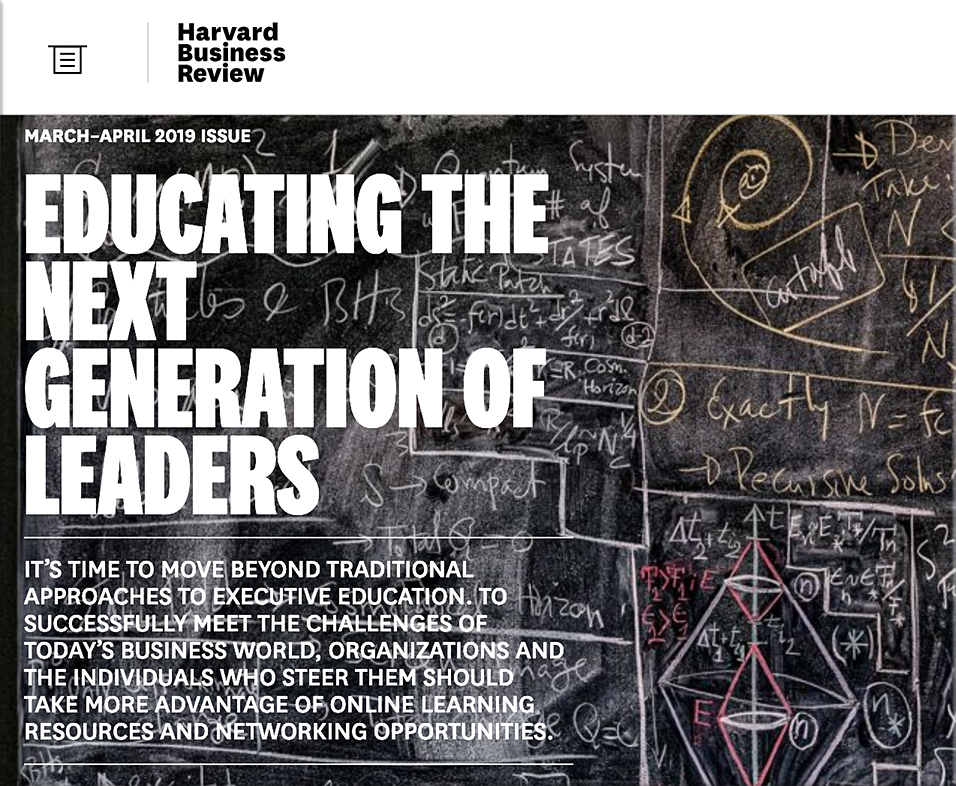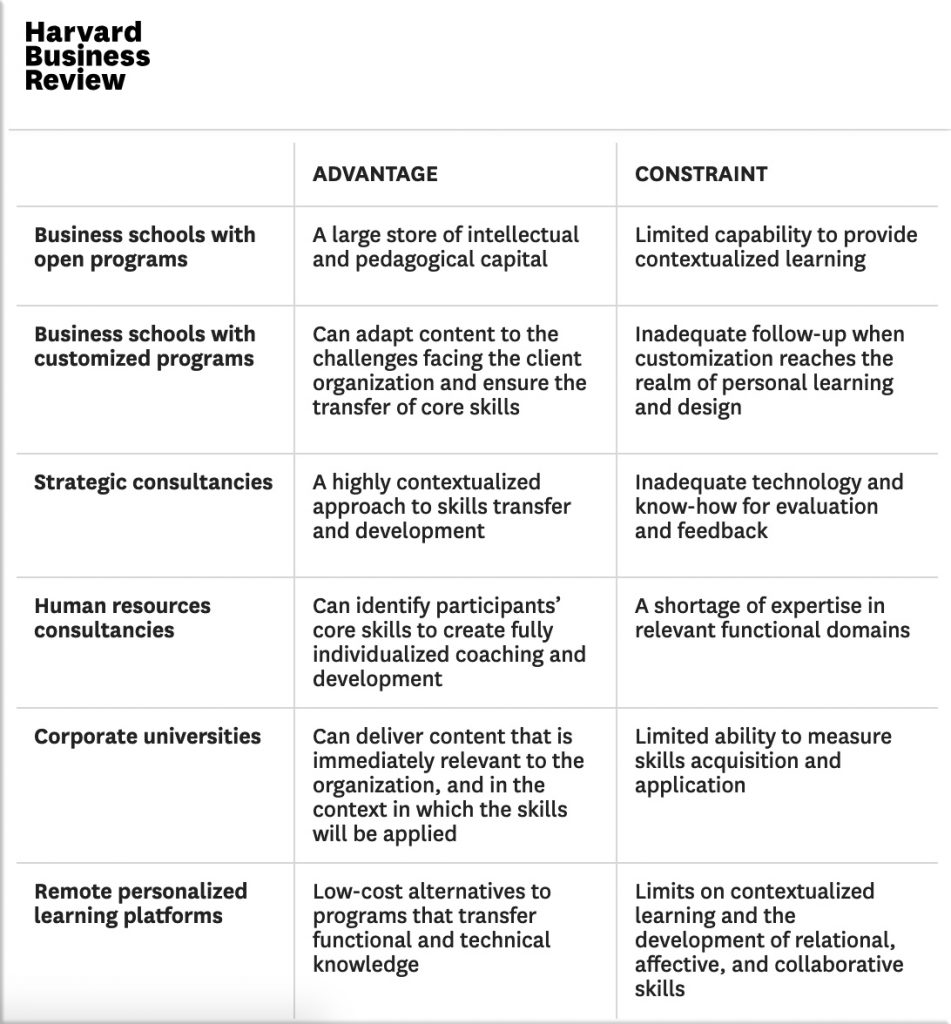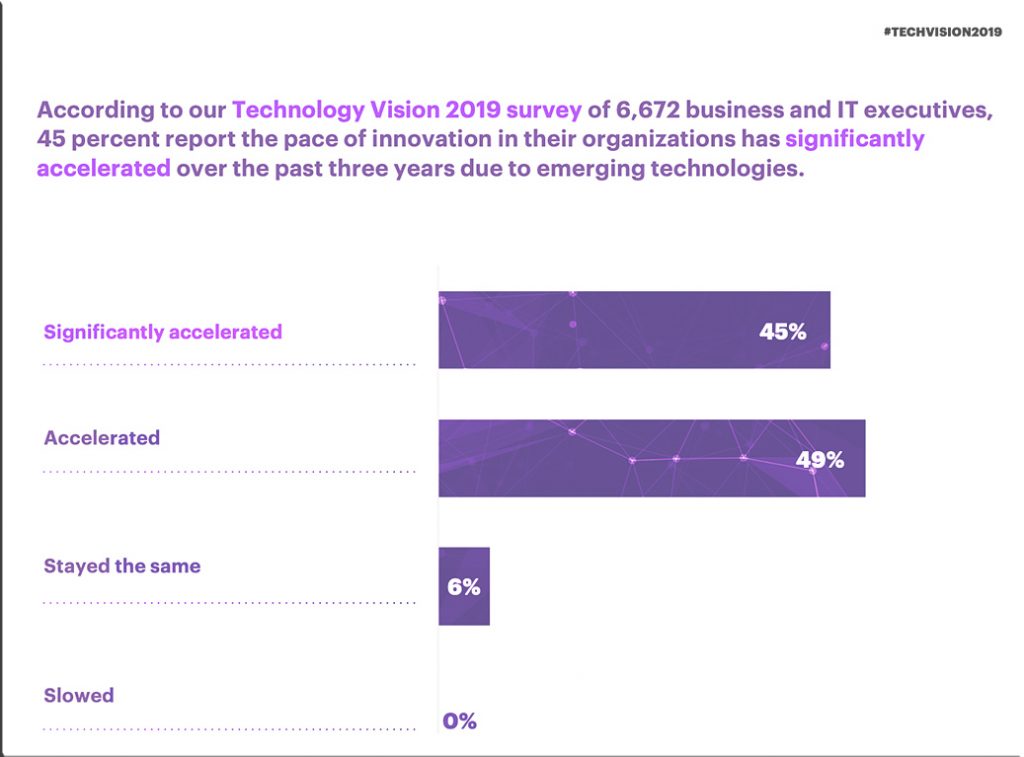5 questions we should be asking about automation and jobs — from hbr.org by Jed Kolko
Excerpts:
- Will workers whose jobs are automated be able to transition to new jobs?*
- Who will bear the burden of automation?
- How will automation affect the supply of labor?
- How will automation affect wages, and how will wages affect automation?
- How will automation change job searching?
From DSC:
For those Economics profs and students out there, I’m posted this with you in mind; also highly applicable and relevant to MBA programs.
* I would add a few follow-up questions to question #1 above:
- To which jobs should they transition to?
- Who can help identify the jobs that might be safe for 5-10 years?
- If you have a family to feed, how are you going to be able to reinvent yourself quickly and as efficiently/flexibly as possible? (Yes…constant, online-based learning comes to my mind as well, as campus-based education is great, but very time-consuming.)
Also see:
We Still Don’t Know Much About the Jobs the AI Economy Will Make — or Take — from medium.com by Rachel Metz with MIT Technology Review
Experts think companies need to invest in workers the way they do for other core aspects of their business they’re looking to future-proof
One big problem that could have lasting effects, she thinks, is a mismatch between the skills companies need in new employees and those that employees have or know that they can readily acquire. To fix this, she said, companies need to start investing in their workers the way they do their supply chains.
Per LinkedIn:
Putting robots to work is becoming more and more popular, particularly in Europe. According to the European Bank for Reconstruction and Development, Slovakian workers face a 62% median probability that their job will be automated “in the near future.” Workers in Eastern Europe face the biggest likelihood of having their jobs overtaken by machines, with the textile, agriculture and manufacturing industries seen as the most vulnerable. • Here’s what people are saying.
Robot Ready: Human+ Skills for the Future of Work — from economicmodeling.com
Key Findings
In Robot-Ready, we examine several striking insights:
1. Human skills—like leadership, communication, and problem solving—are among the most in-demand skills in the labor market.
2. Human skills are applied differently across career fields. To be effective, liberal arts grads must adapt their skills to the job at hand.
3. Liberal art grads should add technical skills. There is considerable demand for workers who complement their human skills with basic technical skills like data analysis and digital fluency.
4. Human+ skills are at work in a variety of fields. Human skills help liberal arts grads thrive in many career areas, including marketing, public relations, technology, and sales.









